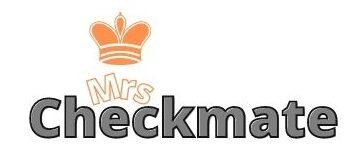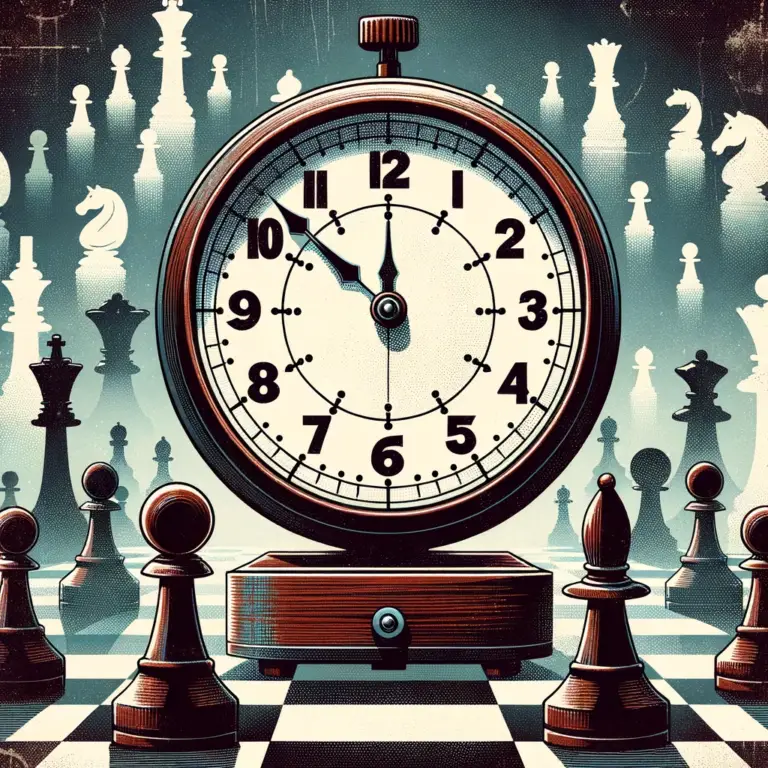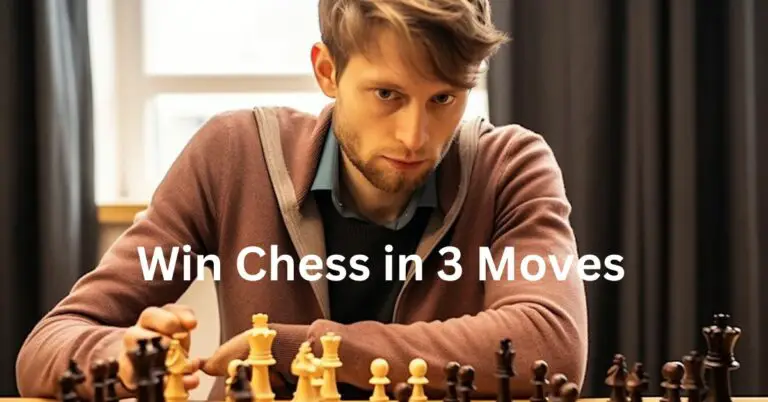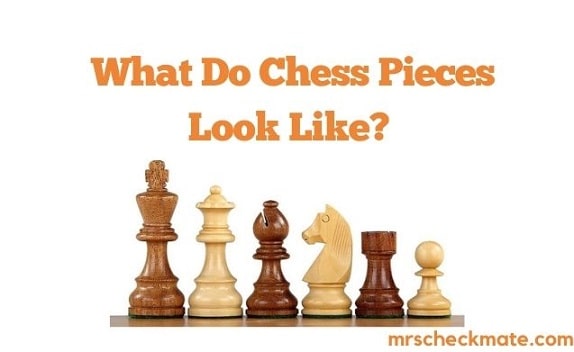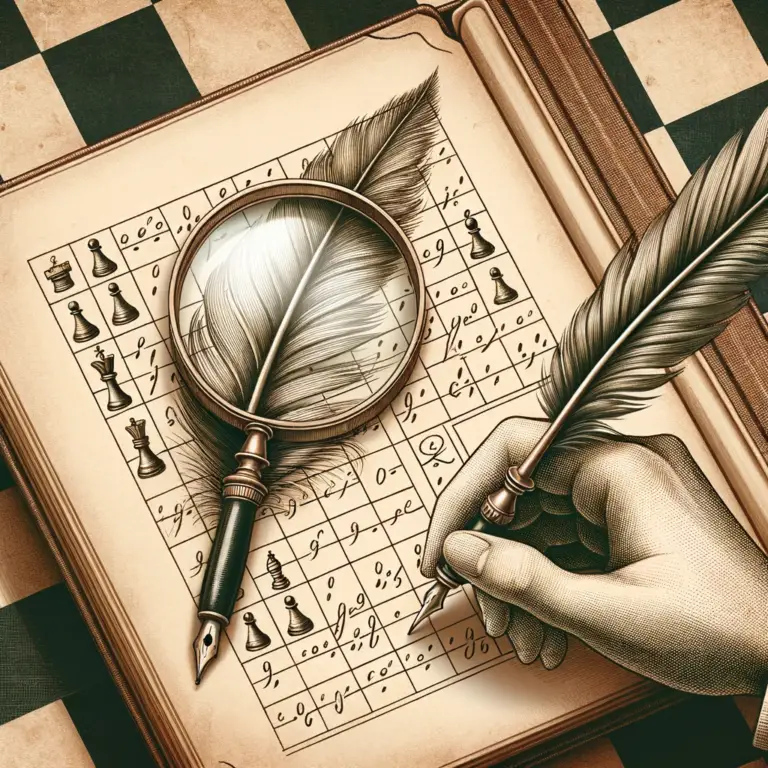How to Play Chess by Yourself: The Ultimate Mastery Guide
Chess, a game of strategy and intellect, is traditionally played between two opponents. However, there are moments when one might wish to play alone, either for practice or simply for the love of the game. Playing chess by yourself offers a unique opportunity to understand the game from both sides of the board. It’s a way to hone your skills, test new strategies, and immerse yourself in the intricate world of chess. For beginners, solo chess can be a valuable tool to familiarize oneself with the basic chess rules.
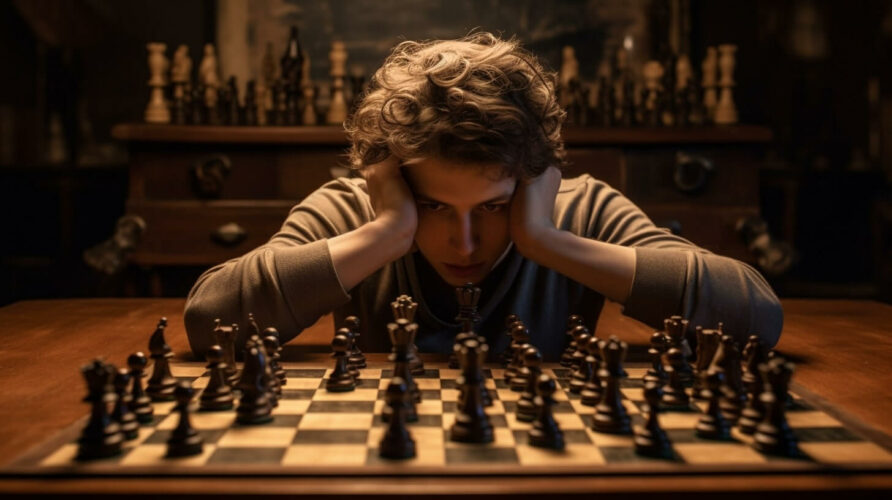
Setting Up the Board
Setting up a chessboard for solo play is identical to a regular game setup. The board consists of 64 squares, alternating between light and dark. Each player has 16 pieces: one king, one queen, two rooks, two knights, two bishops, and eight pawns.
- White Pieces: Positioned on ranks 1 and 2.
- Black Pieces: Positioned on ranks 7 and 8.
For a visual guide on how to set up your board correctly, visit this comprehensive guide.
Initiating Opening Moves
The opening phase of a chess game is crucial. It sets the tone for the middle game and can influence the endgame. When playing solo, you have the advantage of thinking from both perspectives. Start with the white pieces, as they always move first. Common opening moves include advancing the king’s or queen’s pawn two squares forward.
As you alternate moves between white and black, consider the strategies each side might employ. For instance, the Ruy-Lopez or the Sicilian Defense. While playing, it’s beneficial to refer to resources that detail chess openings and their respective counter-strategies.

Alternating Moves for Both Colors
Playing both sides of the board can be a challenging yet enlightening experience. It allows you to anticipate your opponent’s moves and counteract them effectively. As you move the pieces, try to think several moves ahead for both colors. This practice enhances your foresight and strategic planning.
For those looking to delve deeper into specific strategies, exploring topics like pawn strategy can provide valuable insights.
Enhancing Skills with Solo Chess Puzzles
Solo chess puzzles are an excellent way to improve tactical skills. These puzzles present specific board scenarios where you must find the best move or sequence of moves to achieve a particular goal, such as checkmate or gaining material advantage.
- Tactical Themes: Look for patterns like pins, forks, and skewers.
- Endgame Scenarios: Practice techniques like the en passant capture or chess castling.
By consistently challenging yourself with these puzzles, you’ll sharpen your analytical skills and become adept at recognizing patterns on the board.
Exploring Online Platforms for Solo Chess
In today’s digital age, numerous online platforms allow players to engage in solo chess against computerized opponents. These platforms often come with adjustable difficulty levels, ensuring that both novices and experts can find a suitable challenge.
- Benefits of Online Solo Chess:
- Adaptive AI Opponents: The computer adjusts its skill level based on your performance.
- Move Analysis: Post-game analysis helps identify mistakes and suggests better moves.
- Variety of Scenarios: Different game setups and challenges to test your skills.
For those new to the world of chess, starting with basic chess rules can provide a solid foundation before diving into solo play.
Diverse Approaches to Solo Chess Play
Solo chess isn’t confined to traditional gameplay. There are several approaches one can adopt to make the experience more enriching:
- Blindfold Chess: This advanced practice involves visualizing the board and moves in your mind. It’s a great way to enhance memory and visualization skills.
- Timed Challenges: Set a timer and aim to make a certain number of moves or achieve a specific goal within that time.
- Scenario Play: Create specific board setups or challenges, like achieving checkmate with limited pieces.
For a deeper understanding of various chess strategies, exploring topics like pawn structure basics can be immensely beneficial.
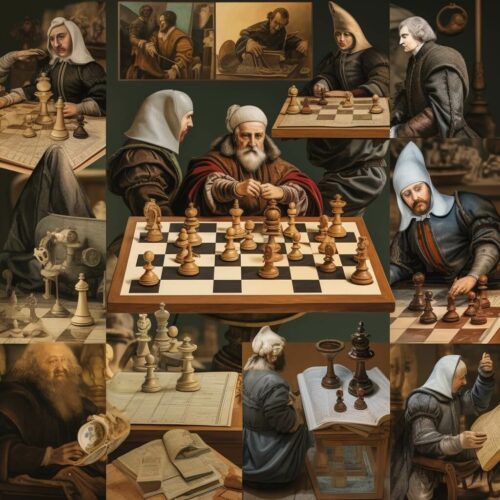
Cognitive Benefits of Solo Chess Play
Playing chess by oneself isn’t just a pastime; it’s a cognitive workout. The game challenges the mind in unique ways, offering a plethora of mental benefits.
Table: Cognitive Benefits of Solo Chess
| Benefit | Description |
|---|---|
| Enhanced Memory | Regular play can improve both short-term and long-term memory. |
| Improved Problem-Solving | Chess presents complex problems that require creative solutions. |
| Better Concentration | Focusing on the game hones the ability to concentrate on tasks outside of chess. |
| Strategic Thinking | Planning several moves ahead cultivates strategic thinking. |
| Boosted Creativity | Finding unique solutions to board scenarios can enhance creative thinking. |
For those keen on understanding the intricacies of each chess piece, the article on what chess pieces represent offers insightful information.

Effective Techniques for Solo Play
Solo chess is an art, and like any art, it requires practice and the right techniques. Here are some tips to make your solo chess sessions more productive:
- Analyze Your Games: After each game, review your moves. Identify mistakes and think of alternative strategies.
- Set Goals: Whether it’s mastering a particular opening or improving endgame skills, setting specific goals can guide your practice.
- Use Resources: Books, online tutorials, and articles like how to set up a chess board can be invaluable.
Solo chess offers a unique opportunity to delve deep into the game’s intricacies. It’s a journey of self-discovery, strategy, and skill enhancement. Whether you’re playing on a physical board or an online platform, the lessons learned from solo chess can enrich your overall gameplay and cognitive abilities.
Conclusion: The Power of Solo Chess Practice
Playing chess by oneself, often referred to as solo chess, is more than just a pastime for those without an opponent. It’s a powerful tool for self-improvement, introspection, and honing one’s skills. By taking on both sides of the board, you immerse yourself in the game’s intricacies, understanding strategies and tactics from both perspectives. This dual role-playing can significantly enhance your foresight, allowing you to anticipate moves and counter-strategies more effectively.
Moreover, solo chess offers a unique opportunity to experiment without judgment. You can explore various openings, delve into complex middle-game scenarios, and practice endgame techniques without the pressure of an external opponent. It’s a safe space to make mistakes, learn from them, and iterate on your strategies.
For those looking to elevate their game, online platforms offer solo play modes, enabling players to practice against AI opponents or simulate both sides of a match. These platforms often come with additional tools and resources to aid in learning and improvement.
Furthermore, solo chess aligns perfectly with the wealth of resources available on Mrs. Checkmate. From understanding the basics of chess to diving deep into specific strategies like en passant capture and chess castling, solo practice can be enriched with these guides.
In conclusion, while playing against diverse opponents is invaluable, solo chess holds its unique charm and benefits. It’s a testament to the game’s depth and the endless journey of learning it offers. So, the next time you find yourself without an opponent, remember that the most challenging adversary might just be yourself.
FAQs
- What is solo chess?
Solo chess is a practice method where a player plays both sides of a chess game, allowing them to explore strategies and tactics from both perspectives. - Can playing chess alone improve my skills?
Absolutely! Playing chess by yourself helps refine strategies, understand opponent moves, and enhance tactical thinking without external pressures. - Are there online platforms for solo chess play?
Yes, many online chess platforms offer solo play modes, allowing players to practice against AI opponents or simulate both sides of a game. - How does solo chess differ from regular chess?
While the rules remain the same, solo chess involves a single player making moves for both white and black, focusing on self-analysis and improvement. - Is solo chess suitable for beginners?
Definitely! Solo chess is an excellent way for beginners to familiarize themselves with piece movements, openings, and basic strategies at their own pace. For more insights, beginners can explore chess tips for beginners.
